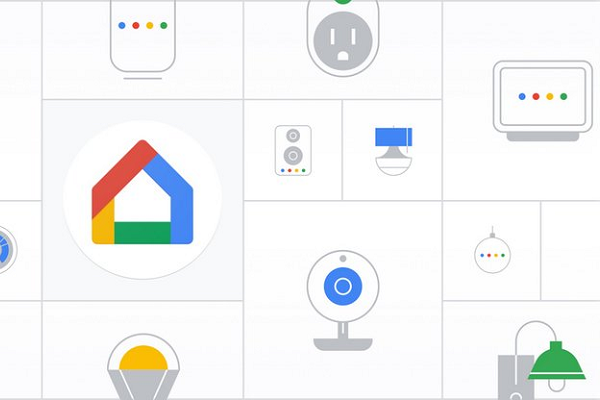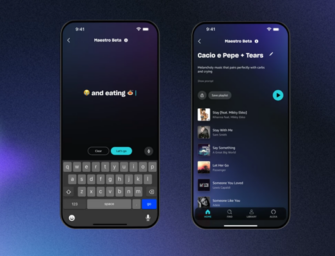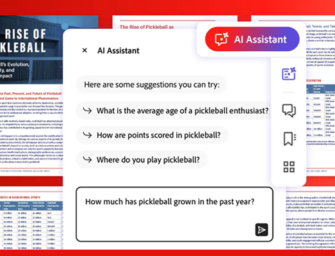Google Assistant Brings Voice Match to All Compatible Devices, Opens Up Default Speaker Choices
 Any device with Google Assistant will soon be able to identify someone by their voice and serve as the default speaker. The updates build on the company’s strategy to remove as much friction as possible when using the voice assistant while assuring people that their privacy is secure.
Any device with Google Assistant will soon be able to identify someone by their voice and serve as the default speaker. The updates build on the company’s strategy to remove as much friction as possible when using the voice assistant while assuring people that their privacy is secure.
Identify and Play Everywhere
Voice Match is Google Assistant’s way of figuring out who is talking. Once the AI knows the sound of a user’s voice, it can pull up their personal messages, calendars, and other info without needing to log into a different Google account. Voice Match has been limited to Google Home and Google Nest products until now, but the update will add it to any device with Google Assistant, meaning a third-party smart speaker or smart home product with the voice assistant will be able to hold up to six people’s information. Relatedly, the update marks the official rollout of the new hotword sensitivity feature for Google Assistant. This setting changes how quickly Google Assistant reacts to its wake word. Users will be able to adjust how easily the voice assistant reacts to sounds that might be someone saying “Hey, Google,” while Voice Match works out who is talking. The combination might reduce accidental awakenings and mistaken identification.
The default speaker option simplifies how people get Google Assistant to play music from a device that isn’t a Google smart speaker. Any time someone asks Google Assistant to play music, the chosen speaker will be where it plays, without the need to specify it in the request. It’s a small change, but it’s one less thing for a user to think about when interacting with the voice assistant. It complements Voice Match in eliminating one more step in getting Google Assistant to do what you want. The option also works as an upgrade for third-party device manufacturers who want to integrate with the voice assistant platform closely.
Privacy and Commerce
“We work closely with all of our third-party partners to make sure your Google Assistant-enabled devices are up to date with the latest security, personalization and helpful features,” Google product manager Praveen Chandran explained in a blog post. Accordingly, the new features are “part of that continued effort to support an open ecosystem and bring Google Assistant features to everyone globally.”
Google has a clear roadmap for all of these updates. The widespread availability of Voice Match on Google Assistant devices comes about a month after Google enhanced the setup process to make it more secure and accurate. The first version of the feature only required saying “Hey, Google” a few times to generate a voice model. Now, it takes four sentences that work as potential commands. The improved Voice Match profile no longer needs the cloud, so Google Assistant on a device can identify a user even when there’s no internet access. And, just a couple of weeks ago, Google started a pilot program that augments voice-enabled purchases with Voice Match. The purchaser’s ID can be confirmed by the sound of their voice, a useful option as smart speakers lack the ability to confirm their face or fingerprints. That Voice Match can run locally makes the process even more secure, regardless of what device is used to make a purchase. The extension of Voice Match and default speaker choices was likely going to be part of this year’s Google I/O presentation. With the ongoing COVID-19 health crisis leading to that event’s cancellation, there will probably be more of these announcements doled out piecemeal for a few weeks.
Follow @voicebotai Follow @erichschwartz
Google Assistant Can Better Tell Apart Voices After Enhancing Set Up Process








